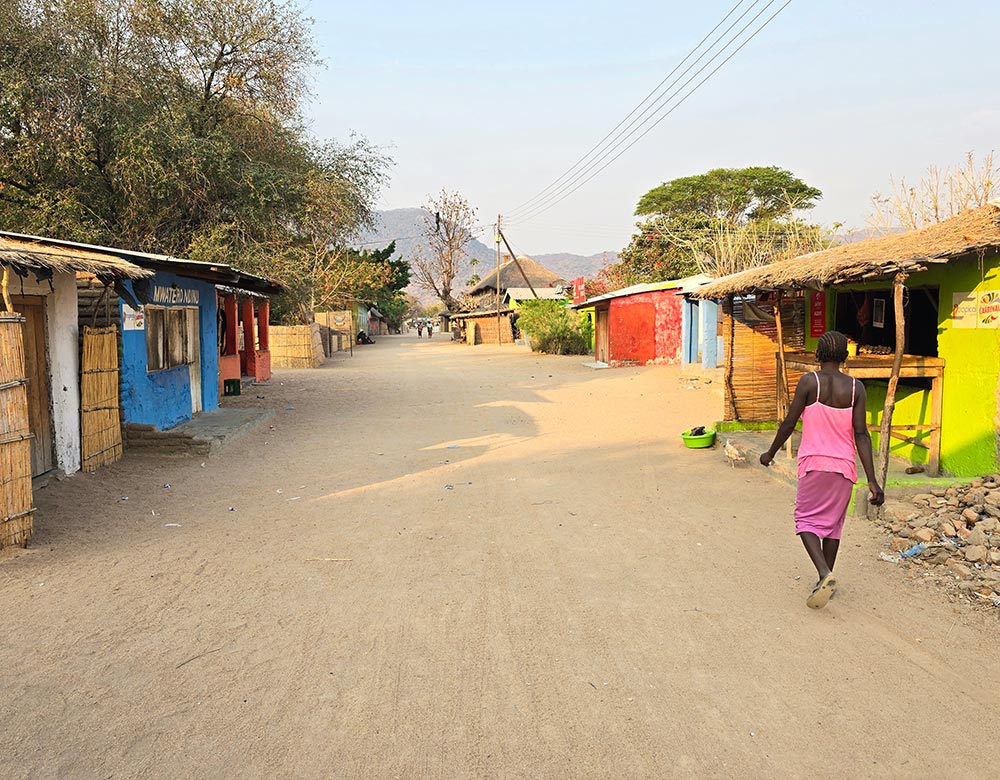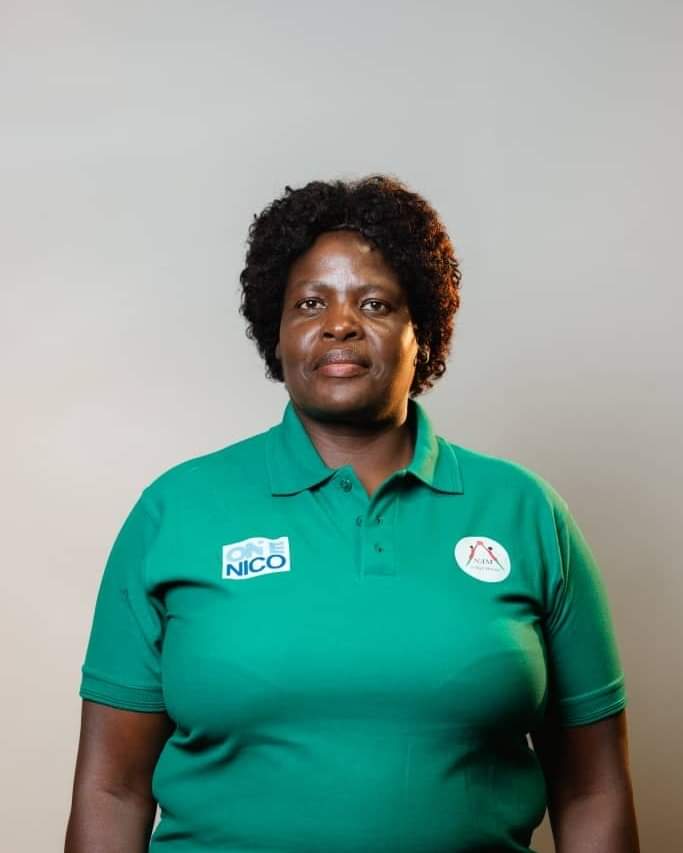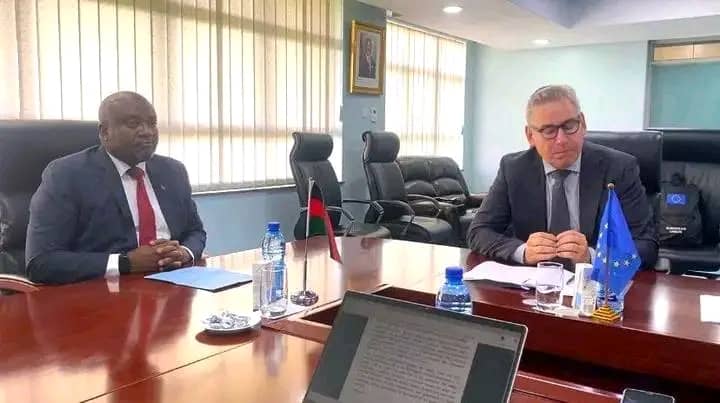Life in Malawi is a tapestry woven from the threads of simplicity, resilience, and community.
By Burnett Munthali
Across the country—from the busy streets of Lilongwe and Blantyre to the serene villages of Mzimba and Nsanje—Malawians navigate the challenges of daily existence with remarkable strength and optimism.
“Life and Living” captures these everyday moments that define who we are: how we eat, travel, work, raise families, and find joy even in the face of adversity.
At the heart of Malawian living lies food—a cultural and social cornerstone that binds people together.
Nsima, the staple dish made from maize flour, is not merely a meal but a symbol of unity and identity.
It is often shared with relish and laughter, surrounded by family and friends.
From local markets in Limbe to roadside vendors in Area 23, food reflects both creativity and economic struggle.
Many Malawians rely on small-scale farming to feed their households, while others find innovative ways to adapt to rising food prices.
Communities are experimenting with alternative crops such as cassava, sweet potatoes, and sorghum to improve food security and diversify their diets.
Despite the challenges of climate change and inflation, Malawians remain resourceful and community-oriented when it comes to ensuring that no one goes hungry.
Food is also a reflection of culture.
Every region has its unique delicacies—like chambo from Lake Malawi, roasted maize during harvest time, or local vegetables such as bonongwe and chisoso.
Meals are often prepared communally, reinforcing family bonds and social ties.
To many Malawians, sharing food is not just about nourishment—it is an act of love, gratitude, and respect.
Travel, too, offers a glimpse into the rhythm of Malawian life.
For some, it means long journeys in crowded minibuses connecting distant villages to urban centers.
For others, it is the daily walk to a nearby borehole, school, or trading center.
These everyday travels, whether long or short, represent the determination of a people always on the move—working, learning, or simply surviving.
Within these journeys, there is a unique sense of shared humanity.
Strangers exchange stories, laughter, and even food along the way.
The scenery itself tells a story—the rolling tea estates of Thyolo, the majestic Mulanje Mountain, and the shimmering waters of Lake Malawi.
Despite economic hardships, Malawi’s landscapes remind its people that their nation is blessed with natural beauty and endless potential.
Family life remains at the heart of Malawian identity.
Even as society modernizes, the extended family system continues to provide emotional and social support.
Grandparents, uncles, aunts, and cousins often live together or close by, ensuring that children are raised with strong communal values.
This system of togetherness is particularly vital in times of hardship.
When one family member struggles, others step in to help—whether by sharing food, offering shelter, or contributing to school fees.
Such gestures exemplify umunthu, the African philosophy of humanity towards others.
It is this sense of interconnectedness that defines life in Malawi, where individual well-being is seen as part of a greater collective.
Urbanization, however, is slowly reshaping traditional lifestyles.
Cities like Lilongwe, Blantyre, and Mzuzu are expanding rapidly as young people seek employment, education, and modern conveniences.
The migration to urban areas has created opportunities but also new challenges, including rising living costs, housing shortages, and unemployment.
Still, many urban dwellers maintain strong ties to their home villages.
During public holidays or family events, buses and pickup trucks are filled with city residents traveling back to their ancestral homes.
This movement reflects a delicate balance between modernity and tradition—a dual existence that defines the Malawian experience in the 21st century.
Leisure and recreation continue to play an important role in social life.
Football is the most beloved sport, drawing fans to stadiums and open fields across the country.
From neighborhood matches to professional leagues, the sport brings together people of all ages and backgrounds.
Music and dance also thrive as essential forms of expression and entertainment.
Traditional dances such as Gule Wamkulu, Malipenga, and Vimbuza coexist with contemporary genres like Afro-jazz, gospel, and hip-hop.
Artists such as Jethro Longwe have used painting to tell stories about rural life, culture, and identity, helping preserve Malawi’s heritage through art.
Art, music, and sport all serve as reminders that even in difficult times, Malawians find ways to celebrate life.
Faith, too, occupies a central place in the daily lives of Malawians.
The country’s Christian and Muslim communities coexist peacefully, with churches and mosques serving as both spiritual and social hubs.
For many people, faith provides hope and guidance in the face of uncertainty.
Religious gatherings are not only for prayer but also for sharing ideas, supporting one another, and promoting moral values.
Faith-based organizations continue to play critical roles in education, health, and community development.
In rural areas, church groups often lead charitable initiatives such as feeding programs, clean water projects, and women’s empowerment activities.
This sense of moral responsibility reflects how religion and social progress intertwine in Malawi’s cultural fabric.
Beyond religion, Malawians also find meaning in small, everyday pleasures.
A cup of tea shared at dawn, children playing barefoot in the rain, and evening conversations under starlit skies—all capture the beauty of simplicity.
Such moments illustrate that happiness in Malawi is often rooted not in wealth but in relationships, faith, and gratitude.
Life and living here is not without challenges.
The country continues to grapple with poverty, youth unemployment, and limited access to quality healthcare and education.
Rural communities face additional struggles with erratic rainfall, food insecurity, and limited infrastructure.
Yet, even in adversity, the Malawian spirit endures—characterized by hard work, patience, and optimism.
In markets, schools, and churches, people continue to dream, build, and support one another.
Despite the hardships, hope remains alive in every community.
It is visible in the farmer who wakes before sunrise to tend to his field, the teacher who educates children under a tree, and the nurse who works long hours in understaffed clinics.
These are the silent heroes of Malawi—ordinary people living extraordinary lives of purpose and resilience.
In conclusion, “Life and Living” in Malawi is more than a reflection of survival—it is a celebration of endurance, love, and shared humanity.
It is a story of people who wake up each day determined to build a better tomorrow despite limited means.
It is about finding laughter in hardship, community in struggle, and beauty in simplicity.
Through their unwavering faith, compassion, and sense of togetherness, Malawians continue to shape a society grounded in hope and dignity.
Indeed, the real wealth of Malawi lies not in its minerals or industries, but in the everyday lives of its people—humble, hopeful, and full of heart.
Their story is a reminder that life, in its purest form, is about connection, resilience, and the power of human spirit.
And that is the essence of Life and Living in Malawi.
Feedback: +265884433313
Email: [email protected]





Such a warm glimpse into Malawi, where simplicity, resilience, and community shine through. Thank you for sharing this; it reminds me to cherish the everyday moments.